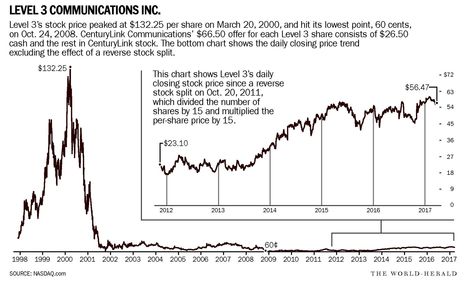(p. A4) LONDON — Martin Hardy was in his hospital gown, about to be wheeled into the operating room for knee surgery on Saturday morning [May 13, 2017] at Royal London Hospital in East London, when, he said, his operation was abruptly canceled.
Mr. Hardy, 52, a caregiver for his father, said his surgeon told him the operation could not be carried out because the hospital’s computer system was not working and his condition was not life-threatening.
“I was in my hospital robe literally about to go in,” he said, wincing as he stood on crutches outside the hospital, waiting for a taxi home. “How can anyone in their right mind do such a thing?” he added, referring to the people behind the devastating cyberattack that affected organizations in nearly 100 countries and sent tremors across Britain’s National Health Service.
A day after one of the largest “ransomware” attacks on record, which left thousands of computers at companies in Europe, universities in Asia and hospitals in Britain still crippled or shut down on Saturday, Amber Rudd, the British home secretary, told the BBC that the N.H.S. needed to learn from what had happened and upgrade its information technology system.
. . .
Ms. Rudd conceded that the N.H.S., where many computers had outdated software vulnerable to malware and ransomware, had been ill prepared, despite numerous warnings. “I would expect N.H.S. trusts to learn from this and to make sure that they do upgrade,” she said.
. . .
“You can’t blame the hospital, but surely the N.H.S. knew this could happen?” he said, his face reddening with anger. “And I don’t understand why their computers weren’t secure. We all pay into the N.H.S., and this is what we get. What on earth is going on in this country?”
. . .
Dr. Krishna Chinthapalli, a senior resident at the National Hospital for Neurology and Neurosurgery in London, who predicted a cyberattack on the N.H.S. in an article published in the British Medical Journal a few days before the attack, said it was disturbing.
“I had expected an attack,” he said in an interview. “But not on this scale.”
He had warned in the article that hospitals were especially vulnerable to ransomware attacks because they held vital data, and were probably more willing than others to pay a ransom to recover it. He said in the interview that many of the N.H.S. computers still ran Windows XP, an out-of-date software.
For the full story, see:
DAN BILEFSKY. “British Patients Suffer as Hospitals Race to Revive Computer Systems.” The New York Times, First Section (Sun., MAY 14, 2017): 11.
(Note: ellipses, and bracketed date, added.)
(Note: the online version of the story has the date MAY 13, 2017, and has the title “British Patients Reel as Hospitals Race to Revive Computer Systems.”)

